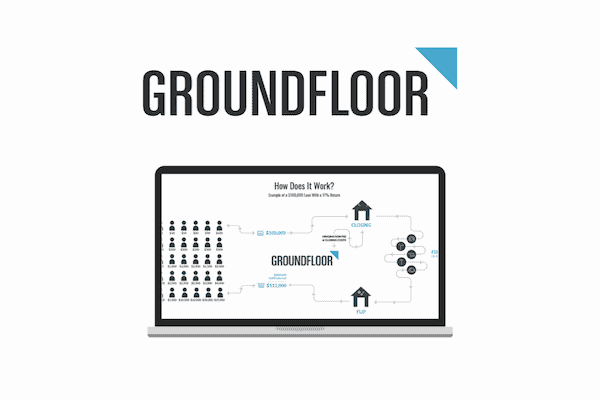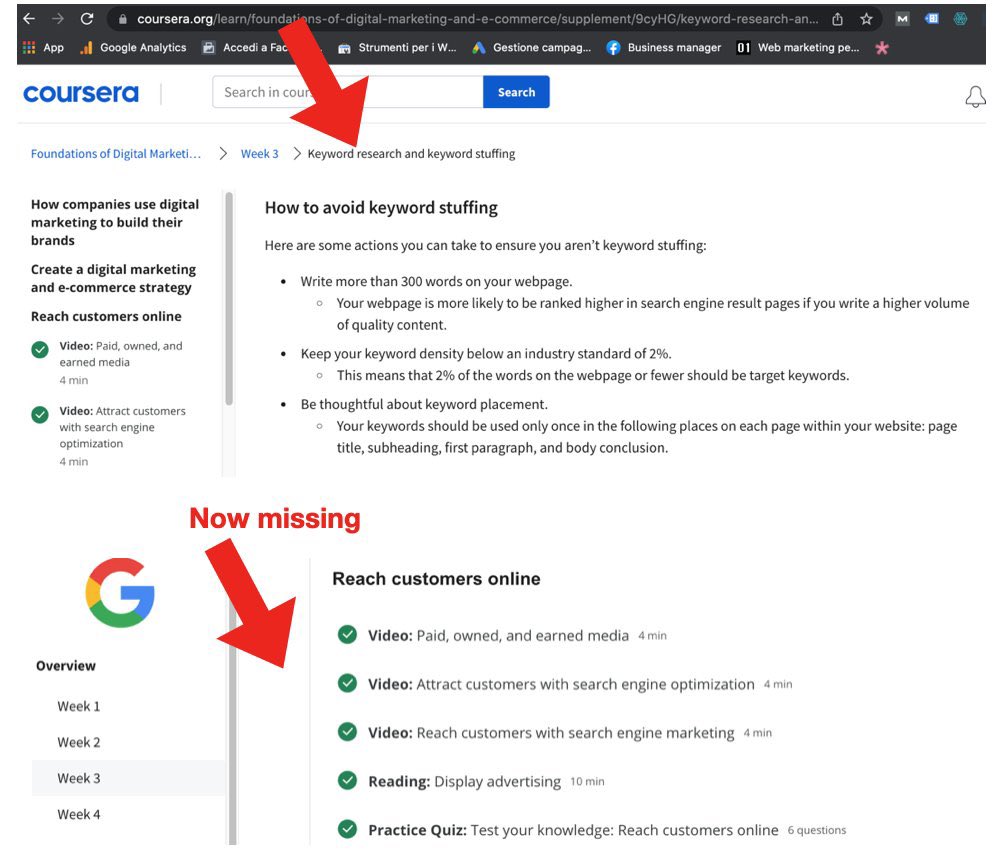
There is no one-size-fitsall social media strategy. You can actually learn more about different platforms to help you develop a strategy that works. Your target audience is essential before you can start. Knowing who your target audience is can help you create relevant content that attracts them. It also helps to know which social media channels will be most effective for your specific audience. Social media's goal is to reach your targeted audience and not promote yourself to large numbers.
Example of a winning social media campaign
An example of a successful social media strategy is one that targets your audience. Your target audience is not necessarily your large following. It wouldn't be a good idea to post content targeted at people in Brussels, if you are selling Italian food here. Instead, focus your efforts on those in your target market, like people in Paris and Brussels. Success is dependent on creating appealing content. Here's an example of a successful strategy for social media.
Another example of a successful social media strategy is Oreo, a well-known cookie brand. This brand has close to one million Twitter followers. The company engages consumers with humorous messaging and brands that are well-known. In order to establish brand awareness and build an online reputation, Aldi engages in conversation with these brands. These are some of the strategies Aldi used in order to make their social media strategy a success.

The strengths and weaknesses of each platform
There are many options available to you if social media is something that you want to use for your business. Each platform has its strengths and weaknesses. If you pick the wrong one, you could preach to the wrong people or produce content that isn't useful. You have the option to use different social networks for different purposes, so be careful when choosing. Here are the strengths and weaknesses of each platform:
Twitter: Despite its large user base, the company is struggling to meet its ambitious growth plans since going public. Twitter has had a difficult time growing its advertising revenue in recent years. But this could be a positive thing. The social media giant recently banned political ads from its platform. Businesses need to quickly respond to comments as they could reflect negatively on their company's values.
Key performance indicator (KPIs).
KPIs are important to measure the effectiveness of your social media strategy. KPIs should be easy to measure and allow for constant evaluation as your business grows. KPIs should also show how social media strategies support your business goals. To get started, set KPIs for each of your social media channels, including Facebook, Twitter, and YouTube. These metrics should be analyzed on a regular schedule after setting KPIs.
Amplification rate - This metric measures how often your followers share your content with other networks. This includes shares, retweets and regrams. High amplification rates are good news as they indicate that your followers are open to collaborating with you. Another KPI to be considered is the conversion rate. This measures how many of your interactions on social media result in desired actions. Increasing conversion rates is an excellent way to measure the success of your social media strategy.

Target audience
To be successful in social media marketing, it is important to define your target audience. What demographics should you target? To help you choose the right profile, consider age, gender, location, as well as gender. You can then refine your messaging so that it appeals to these traits. For example, a makeup brand might target females between the ages of 18 and 40 who reside in an area that has beauty products stores. A beauty product company might be another example. It may target women who have enough income to pamper themselves.
First, identify and analyze your competitors to help you determine your target audience. This can be done by analysing their social media strategies. Facebook analytics can provide insight into how your product is used. Twitter native analytics is another option to uncover pain points and figure out how you can better target your audience. Although you may be tempted to trust analytics from social media companies, it's important to identify your target demographic.
FAQ
How can I earn fast money online?
There are many opportunities to make money online. You could also try blogging, affiliate marketing and selling products via Amazon, eBay, Etsy.
You might also think about opening an ecommerce business where you sell physical items, such as clothing, books and electronics.
This is a great opportunity to make money if you have any experience.
What are some quick ways to make money on the internet?
There are many options for making money online. Here are a few ideas you may not have thought of yet.
-
Become an affiliate marketer
-
Sell Your Products
-
Start a blog
-
Create a course
-
Write Articles
-
Promote other people's products
-
Offer Consulting Services
-
Teach Online Courses
Dropshipping: What is it?
Dropshipping is selling directly from your store without having inventory. Amazon fulfills all orders. You ship the item directly to someone who buys it from your store.
You don't have worry about shipping costs or stock storage. You can only concentrate on increasing your customer base, and your sales.
If you're already running an eCommerce business, this is an excellent option. You can also use dropshipping to create passive income by running ads on your site.
How long does affiliate marketing take to make money?
Affiliate marketing takes about 3 months to start making money.
Do you know of any other affiliate networks that are worth your time?
Yes! Yes, there are other highly reputable affiliate networks. ShareASale and CJ Affiliate are just a few examples.
They all pay between $10-20 per sale. Affiliates will also find a variety of tools and features.
Do I need to register my domain before building my site?
Yes. Before you launch your website, it is necessary to register your domain.
Domain names typically cost $9 per year. For example, buying a dot com domain name will pay around $39 annually.
What amount are Amazon affiliates paid in total?
Amazon affiliate program pays affiliates a commission on sales made through links placed on their sites. The sale price is usually between $10 and $30, so you'll typically earn 10-20%.
The product sold and the amount of commission paid will determine how much commission you receive. If someone purchases a $50 item, 50 cents would be your commission.
The average affiliate makes between $100-$200 per month.
Statistics
- The latest stats show that 87% of marketers use email marketing to distribute content. (shopify.com)
- According to research by Marketo, multimedia texts have a 15% higher click-through rate (CTR) and increase campaign opt-ins by 20%. (shopify.com)
- Backlinko found that the #1 organic result is 10 times more likely to receive a click compared to a page in spot #10. (shopify.com)
- BigCommerce affiliate program , you receive a 200% bounty per referral and $1,500 per Enterprise referral, with no cap on commissions. (bigcommerce.com)
- According to research from Adweek, over half (51%) of TikTokers make purchases from brands they see in the app. (shopify.com)
External Links
How To
The top 10 most profitable ways to make money online, at home, or offline:
-
You can sell your stuff online via Amazon, eBay, Craigslist and others.
-
Be an affiliate marketer for the product you are interested in.
-
Start a blog and make money from advertising.
-
Start a website, and you can sell products from it.
-
Join a group of people who are seeking help for their problems.
-
Complete online surveys to receive cash payments
-
Be a virtual assistant.
-
Freelancers can offer their services.
-
Write articles about topics that interest you.
-
Work part-time jobs.
In short, there are endless ways to earn money online. It's up to you to determine what works best.